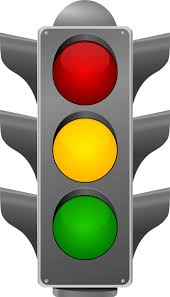I’ve lived in my small city for 17 years – longest I’ve been in one place in my entire life. With all the rain we’ve been having, I decided I would spend time learning more about my town’s history. Nothing like curling up on the couch during a storm with a good book!
A week ago, I visited my local historical society and spoke with the archivist. She kindly loaned me two books. One is sourced beautifully so it’s led me to find more information. It was written by a former historical society member whose career was in library science. The other book was a commemorative of the city’s 125th anniversary and was written by historians/archeologists noted in the state. The commemorative book begins with pre-colonization, the other book begins with the town’s founding.
I discovered an online out of print book written by a local in the 1960’s when he was in his 80’s. He personally knew many of the founders so his perspective is slightly different than those of the other authors. There is one more book I’d like to locate that will give me a perspective from the immigrants who arrived here circa 1905. Then I plan to peruse old newspaper articles for additional information.
I’ve learned several things…
- There once were two Native American middens – one a kitchen midden that was leveled for home construction and the other, near downtown, was a gravesite that was desecrated by a noted Smithsonian archeologist who decided to have the middle sliced in half so he could quickly see the strata. He discovered skulls and charred bones. No one seems to know where those remains have been interred.
- The first burial in the city cemetery was that of a murder victim. The shooter was never charged as it was determined to be accidental. Um, sure.
- Hamilton Disston was a fishing buddy of the then-governor and was allowed to purchase large tracts of land he selected because the state was insolvent. He bid .25/acre and then, turned around and told those who were already land owners that they had to pay him $1.25/acre for the land they were on. No one took this to court? And we complain about tech billionaires today!
- My city had the first female physician and the first female pharmacist in the state.
- We had electricity early until we didn’t. The man who supplied it decided to relocate south and not telling anyone, dismantled his equipment and left town. The residents woke up one morning to discover they had no electricity. When someone checked they discovered he was gone so a small group of business leaders decided they would take over the building he vacated. It had been the original ice house and to this day, is a power plant. If you are a long time reader you know I frequently complain about power outages – now I understand that this is just part of the city’s culture lol.
I’m glad I took this dive into my town’s past. Wearing my genealogical hat, I have a different lens which I analyze the information presented in what I’m reading. It’s also led me to question some of the conclusions that were drawn. Now, when I drive around town I have a better understanding of why buildings were placed where they were and the people who once populated them.
To get started, visit your local historical society or library. Use the references provided in any books or pamphlets to lead you to additional information. Definitely check out online resources but be wary, as they may be wrong! I discovered last year that Wikipedia claims the location of a nearby city’s first orphanage address to be wrong based on documents I found in a university archive. Property records supported the archive information. Like always, double and triple check your findings. Drive or walk around, if possible, or use Google Maps to get a visual of what you discover.
I’ve considered this a treasure hunt in my own backyard. After being home for the past year plus, it’s a wonderful way to reacclimate to your community.


